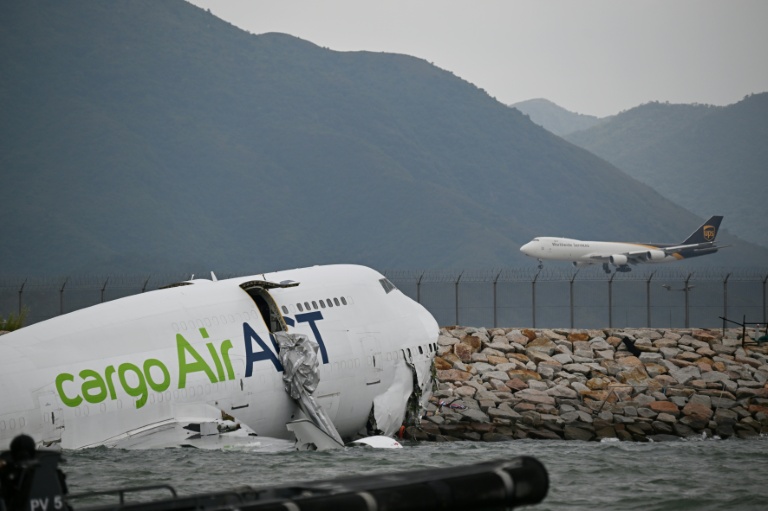HONG KONG – Aviation investigators in Hong Kong are poring over the critically important “black boxes” recovered from the wreckage of a private jet that crashed near the city’s international airport, claiming multiple lives. The recovery of the flight data recorder and cockpit voice recorder marks a pivotal step in determining the cause of the tragedy, which has sent shockwaves through the global aviation community.
The incident occurred on Tuesday when the Gulfstream G150 aircraft, en route from Hong Kong to the nearby Asian hub, reportedly encountered difficulties shortly after takeoff. According to air traffic control recordings and eyewitness accounts, the pilot issued a mayday distress call before the aircraft plunged into the waters just off Hong Kong’s outlying island of Shek Kwu Chau.
Emergency services, including fire department vessels and government helicopters, were immediately dispatched to the scene. The complex rescue operation quickly turned into one of recovery, as officials confirmed there were no survivors among the several passengers and crew on board. The identities of the victims have not yet been formally released, pending notification of their families.
The Critical Evidence: Inside the Black Boxes
The focus of the investigation has now shifted to the two orange-colored recorders, commonly known as black boxes, which were successfully retrieved from the submerged wreckage by dive teams.
- The Cockpit Voice Recorder (CVR) is expected to capture the final two hours of audio from the cockpit, including conversations between the pilots, radio communications with air traffic control, and any ambient noises such as alarms or engine sounds. This will provide crucial insight into the pilots’ awareness and actions in the moments leading up to the crash.
- The Flight Data Recorder (FDR) continuously records a vast array of flight parameters, including altitude, airspeed, heading, engine performance, flap settings, and autopilot status. Analyzing this data will allow investigators to reconstruct the aircraft’s precise flight path and mechanical behavior.
“Securing the flight recorders is our top priority,” stated a senior official from the Air Accident Investigation Authority (AAIA) of Hong Kong. “They are the most reliable witnesses to the sequence of events. Our technical team has already begun the meticulous process of downloading and analyzing the data, which will be central to our investigation.”
The AAIA is leading the probe with assistance from international counterparts, including representatives from the aircraft’s manufacturer and the engine makers, as is standard practice in major aviation accidents.
A City Reflects on Aviation Safety
The crash has cast a somber mood over Hong Kong, a city whose identity and economy are deeply intertwined with its status as a world-leading aviation hub. While the city’s flagship carrier, Cathay Pacific, and its airport maintain an exemplary safety record, the incident is a stark reminder of the inherent risks of air travel, even on short-haul flights.
Aviation experts have cautioned against speculation, noting that the investigation could take many months, or even years, to reach a definitive conclusion. Potential factors being examined range from technical failure and sudden severe weather to human error or air traffic control issues.
As the investigation continues, the Hong Kong government has expressed its deepest condolences to the families of the victims. The meticulous work of analyzing the black boxes has begun, with the global aviation community watching closely, hoping the findings will not only provide closure for the grieving families but also lead to enhanced safety measures to prevent a future tragedy.

